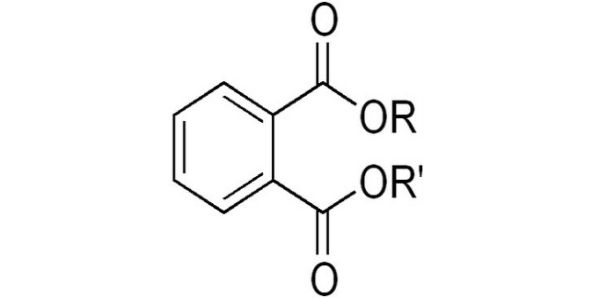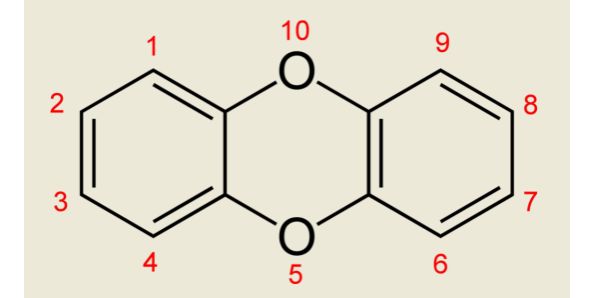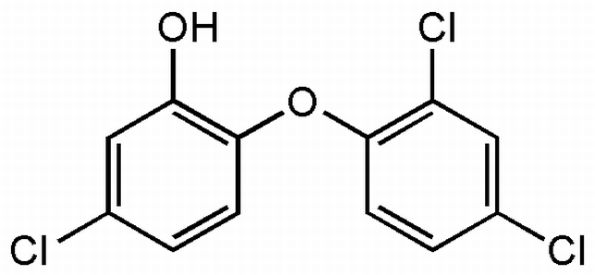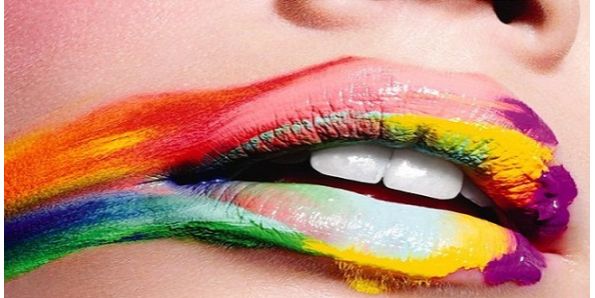Warning: This article might compel you to throw away all your cosmetics.
The world of cosmetics is an enchanting one. A woman can get lost in the dazzling array of scents and the promises of great skin/teeth/eyes/breath/armpits that the Cosmetics Industry has to offer. Cosmetics are everywhere, and it is almost impossible to imagine beauty without them. However there is a dark truth lurking in their ubiquity. And it lies in their very ingredients. You must have heard a lot about the Chemicals. Dangerous enemies of earth and the body’s natural constitution. Notorious for their harshness, intrusion into the body’s natural oil secretion and other processes and the toxicity they add to the environment; chemicals are becoming increasingly frowned upon, with people preferring to switch to more natural alternatives like herbal and homemade concoctions. What is even more staggering is the fact that some of the chemicals used in our soaps and shampoos are in fact industrial and are at times safer to consume than apply on skin! How bad are these chemicals anyway? And how are they harmful? Where are they found? Read on to find out.
1. Phthalates
Have you ever smelled a shower curtain? This distinctly hard-to-pronounce word is another invisible product (in that it doesn’t appear in labels) is frequently used to soften vinyl plastics like the ones that are found in toys. Also a component of fragrances, phthalates are used to hold scents and colour in nail polish and virtually any cosmetic that has a fragrance or colour attached to it- read: everything. Upon reading the stories out there about deformities in newborns’ genitals, infertility and breast tumors caused by exposure to chemicals, and further, the extensive prevalence of this substance across so many cosmetic ingredients, one might be scared into swearing off cosmetics forever.
2. Dioxin
This mean chemical, whose full form is polychlorinated dibenzodioxins is never listed on ingredient labels, but is used in the production process of several substances like emulsifiers, triclosan and other antibacterial agents, and of course, our old friend Sodium Laureth Sulfate. The WHO calls them “persistent environmental pollutants”. Like other fat-loving chemicals like Triclosan and Parfum, dioxin stays in the body for a very long time, causing reproductive and developmental problems, damage the immune system, interfere with hormones and also cause cancer.
3. Octinoxate
Also appearing under the name of Octyl methoxycinnamate or (OMC); Parsol MCX/MOX and Escalol, Octinoxate is a UV filter. It is very toxic to the endocrine system, and very devious as well. This substance mimics estrogen once it is absorbed in the body, and like a con man in disguise, proceeds to destroy the endocrine and hormonal system. It is found in hair color products and shampoos, sunscreen, lipstick, nail polish, and skin creams. It functions to filter out UV-B rays, that prevent a product from degenerating from exposure to the sun.
4. Triclosan
Triclosan is a synthetic antibacterial ingredient. On its own, it is classified as a pesticide and poses significant risks to the human body and the environment. Apart from personal care products, it is found in cleaning detergents, fabrics and plastics. It disrupts the endocrine and thyroid system and the hormone receptors found in the body. What is interesting to note is that many of the bacteria (E.Coli and Salmonella) that Triclosan was manufactured to fight, have now developed Triclosan-resistant strains. This substance is found to trigger antibiotic-resistance in bacteria, the dangers of which go beyond the surface. Like fragrance deposits, Triclosan easily binds to fat, and has been found in breast milk and body fat.
5. Colour
Be most wary of the coloured cosmetics you see. Colour pigments, found in hair colour, shampoo, soap and literally almost every other product, are often extracted from natural non renewable resources such as coal tar. Can you imagine coal on your skin or hair or teeth? These substances contain heavy amounts of metal toxins, that can be absorbed through the skin, causing irritation and sensitivity. Further absorption can cause a depletion of oxygen in the bloodstream leading to death. Animal studies prove that almost all colour pigments are carcinogenic.




